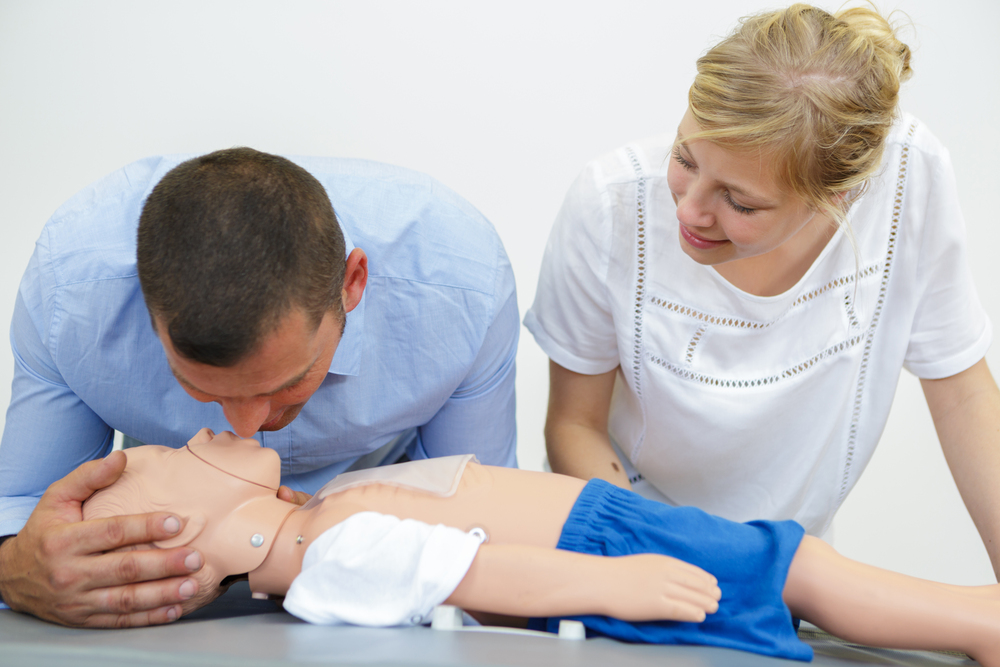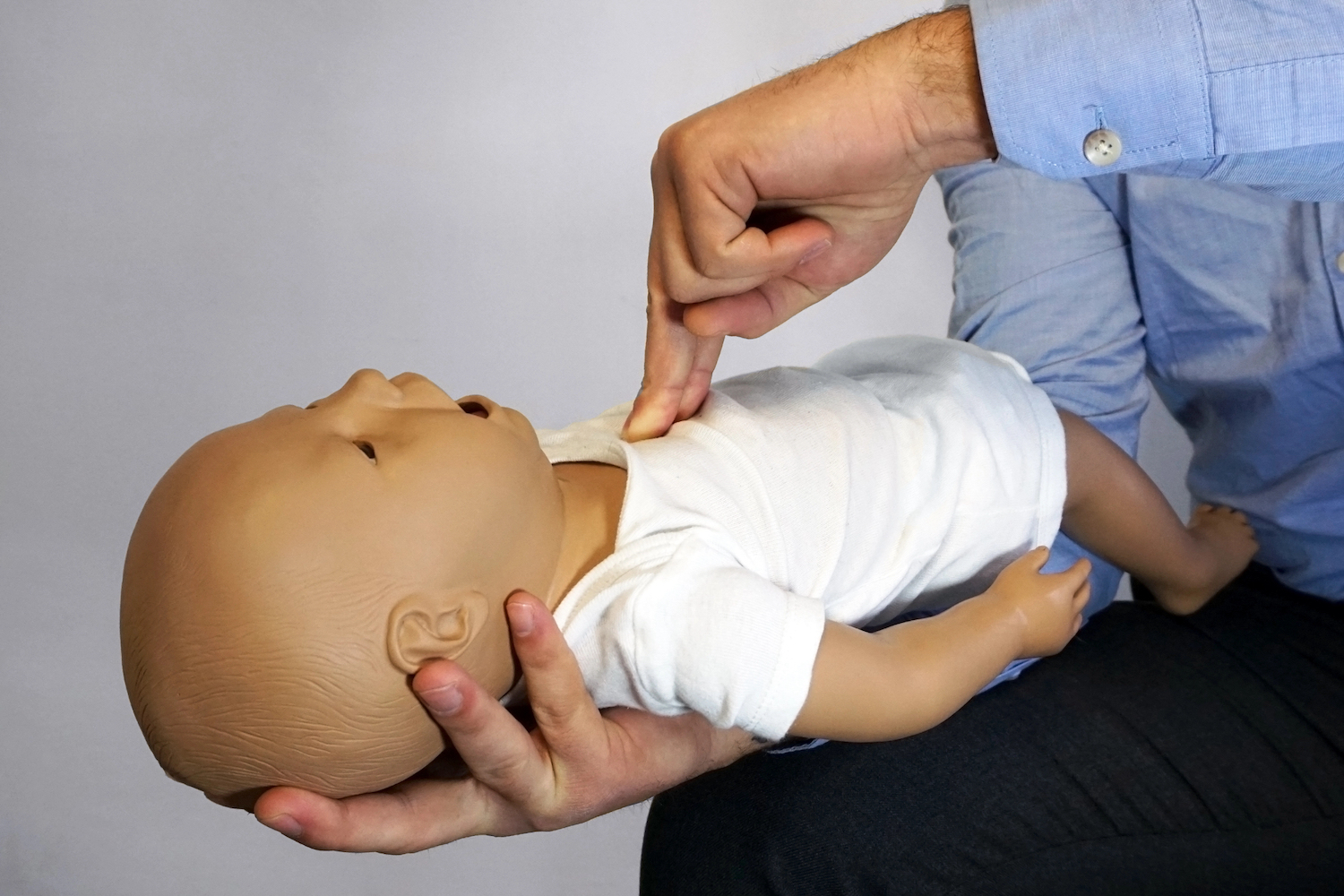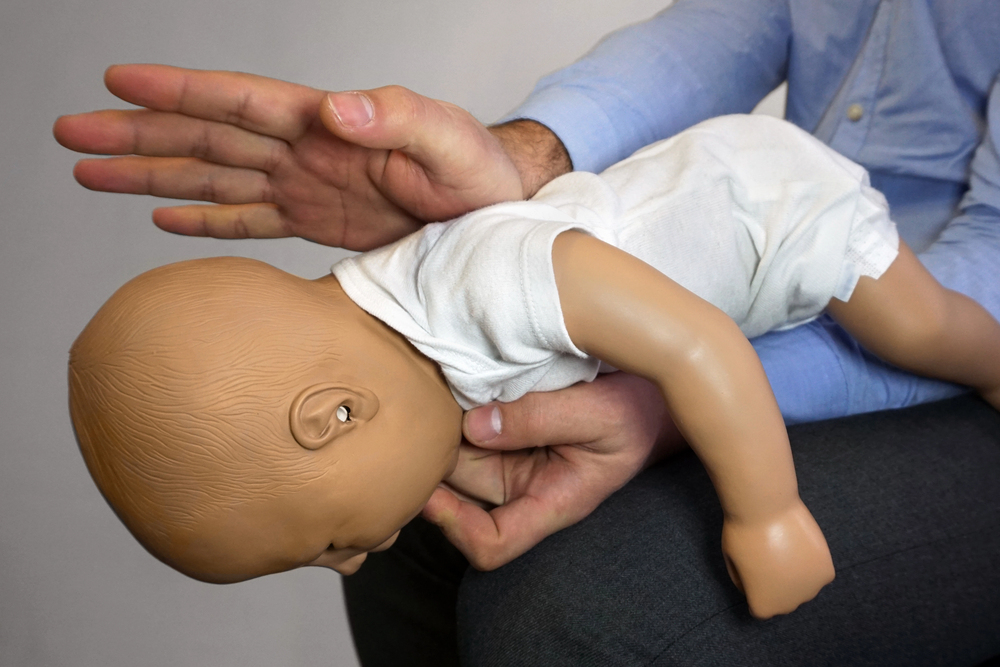It’s a daunting thought, isn’t it? The possibility of your child getting hurt or becoming seriously ill. Accidents happen unexpectedly. A fall at the playground, a sudden high fever, or choking on a snack – situations can change rapidly. That’s why knowing first aid isn’t just advisable; it’s essential. It could save a life.
This article will cover crucial first aid skills, common emergencies involving children, and resources for acquiring these vital skills. Learning first aid is paramount for parents, and our hope is that after reading this, you’ll be motivated to take action. If you’re seeking first aid courses Mackay, it is important to select a comprehensive program that addresses child-specific needs, ensuring you are well-prepared for any situation. I remember when my daughter, Lily, was just learning to walk; she tripped and hit her head on the coffee table. Thankfully, it was just a bump, but that moment highlighted the need to be prepared for anything.
Why First Aid is Crucial for Parents
Kids? They’re basically accident magnets. They’re inquisitive, exploring, and often act impulsively. It’s wonderful, but it also increases their likelihood of needing help. A scraped knee is common, but what about something more serious?
First aid skills are undeniably lifesaving. Swift action can prevent a minor problem from escalating into a major crisis. A properly cleaned cut prevents infection. Knowing how to respond immediately to a burn minimizes scarring. These seemingly small actions have a significant impact.
It’s not just about averting complications; it’s also about gaining time. Even the fastest emergency services take time to arrive. Those initial minutes are your responsibility. Knowing how to perform CPR or stop severe bleeding can be the difference between life and death. It’s like having a safety net when your child is learning to ride a bike. You hope they don’t fall, but you’re ready if they do.
Knowing first aid provides confidence and peace of mind. As a parent, confidence is invaluable. You can handle the situation. It’s empowering to know you have the tools to help your child in a critical moment. This feeling reduces panic and allows for clear thinking.
Critical First Aid Skills Every Parent Should Know
1. CPR and Choking Response for Infants and Children
CPR, cardiopulmonary resuscitation, is a skill every parent should possess. It’s used to assist someone who isn’t breathing or doesn’t have a pulse, often due to injuries. CPR techniques differ based on the child’s age, so specifically train in infant and child CPR.
For infants, CPR involves using two fingers to compress the chest about 1.5 inches. For older children, use the heel of one hand, compressing about 2 inches. Rescue breaths are also vital, covering the child’s mouth and nose with your mouth and giving gentle breaths. Remember, proper training is essential. Practice on a dummy is needed to perfect the technique. It’s not something that can be learned perfectly just from reading about it.
Choking is a parent’s nightmare, but knowing how to respond is crucial. For babies, alternate between five back blows and five chest thrusts. For older kids, the Heimlich maneuver, abdominal thrusts, are the preferred technique. My friend Sarah once had to use the Heimlich on her son when he choked on a grape. She said the training kicked in automatically, and she knew exactly what to do.
2. Treating Cuts, Scrapes, and Wounds
Kids get cuts and scrapes; it’s a fact of life. Knowing how to properly clean and bandage these injuries prevents infections. Start by washing your hands, then gently clean the wound with mild soap and water. Apply an antiseptic and cover with a clean bandage. If the cut is deep or won’t stop bleeding, seek medical attention immediately. This isn’t just about preventing infection; it’s also about making your child feel safe and cared for during a scary moment.
3. Recognising and Handling Fevers & Seizures
Fevers are common, especially in young children. Keep them comfortable and give them appropriate doses of infant-friendly paracetamol or ibuprofen. If the fever is very high or your child seems very unwell, seek medical advice. Always double-check the dosage on the medicine, especially with liquid formulations.
Seizures can be frightening, but most febrile seizures are harmless. Protect your child by clearing the area and cushioning their head. Don’t restrain them. If it’s their first seizure or lasts longer than five minutes, call emergency services. A friend told me that during her son’s first seizure, she felt completely helpless until the paramedics arrived. That’s why knowing what to do is so important.

4. Dealing with Burns and Scalds
Burns can happen easily, especially in the kitchen. For minor burns, run cool water over the area for several minutes and apply a sterile bandage. Don’t put ice or butter on the burn. For severe burns, immediate medical attention is needed. I always keep a bottle of aloe vera gel in the fridge for minor burns; it seems to soothe the skin and promote healing.
5. Fractures, Sprains, and Head Injuries
Distinguishing between a fracture and a sprain isn’t always easy. If your child can’t put weight on the limb, or there’s obvious deformity, it could be a fracture. Immobilize the limb and seek medical attention. Sprains involve pain and swelling, and basic support can help. Use the RICE method: rest, ice, compression, and elevation. A physiotherapist suggested using a bag of frozen peas wrapped in a towel for icing sprains.
Head injuries are particularly concerning. Monitor for symptoms of concussion, such as headache, dizziness, and confusion. If your child loses consciousness or vomits, seek immediate medical help. Even a seemingly minor head injury can have serious consequences, so it’s always better to err on the side of caution.
6. Poisoning and Allergic Reactions
Household products can be poisonous if ingested. Store all cleaning products and medications out of reach. If you suspect poisoning, call the Poisons Information Centre immediately. Every state has a poison control center; program the number into your phone now.
Allergic reactions can range from mild to severe. Watch for symptoms like hives, swelling, and difficulty breathing. For severe allergic reactions, anaphylaxis, an EpiPen might be needed (if one is prescribed) and emergency services called immediately. If your child has known allergies, ensure everyone who cares for them – teachers, babysitters, relatives – knows how to use the EpiPen.
Preparing for Emergencies: A Parent’s Guide
1. Assembling a First Aid Kit
A well-stocked first aid kit is essential for every home and car. Include things like bandages, antiseptic wipes, scissors, tape, gloves, a thermometer, and pain relievers. Customize your kit based on your child’s needs, adding things like allergy medication or asthma inhalers if necessary. I also keep a small notebook and pen in my first aid kit to jot down important information, like symptoms or medications given.
2. Teaching Kids Basic Safety Skills
Even young children can learn basic safety skills. Teach them how to call for help and make sure they know your address, and how to explain an emergency, in a way they understand. Start with simple things, like teaching them their full name and phone number.
3. Taking a First Aid or CPR Class
Reading about first aid is helpful, but hands-on training is incomparable. Consider taking a certified first aid or CPR class from places like the Red Cross, hospitals, or local community centres. Coast2Coast First Aid Aquatics and NR Medical Training are some others, too. It provides the chance to practice skills, ask questions, and boost confidence. Refresh your skills every year or two.
Overcoming Common Barriers to Learning First Aid
“I Don’t Have Time”
One of the biggest excuses is “I don’t have time.” Learning first aid can be done in short sessions, at home. There are online courses, apps, and books that simplify the learning process. Even just a few minutes a day can make a difference. Think of it as an investment in your child’s safety; can you afford not to make the time?
“I’ll Panic in an Emergency”
The fear of panicking in an emergency is a valid concern. Practice enhances confidence and reaction speed. The more familiar you are with the steps, the less likely you are to panic. Run scenarios in your head. Visualise yourself in different situations and walk yourself through what you would do. Even mentally rehearsing the steps can help you stay calm in a real emergency.
“Medical Help is Nearby”
Even if medical help is nearby, delays in emergency response can happen. Traffic, distance, and multiple emergencies occurring simultaneously can affect response times. Immediate action is crucial. Plus, knowing first aid can help you provide crucial information to the paramedics when they arrive, which can speed up their response.
Resources like First Response Training International and First Aid for Life can provide additional learning and updates on first aid techniques.
Conclusion
Knowing first aid is an invaluable skill for every parent. It empowers you to respond effectively in emergencies and can save lives. It also gives you the ability to remain calm, even in unexpected difficulties. One of the best things about knowing first aid? You might be able to help someone else in need.
Take that first aid course, build that first aid kit, and start those conversations about safety within your family. Accidents are inevitable, but being prepared is a choice, a deliberate act, and it’s a choice that could literally save a life. Don’t put it off. Start today. Think of it as giving your kids the best possible gift: the peace of mind that comes from knowing they are in safe hands.










